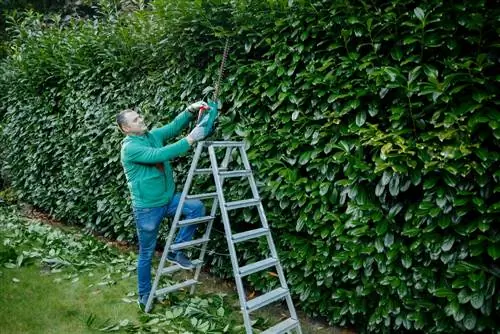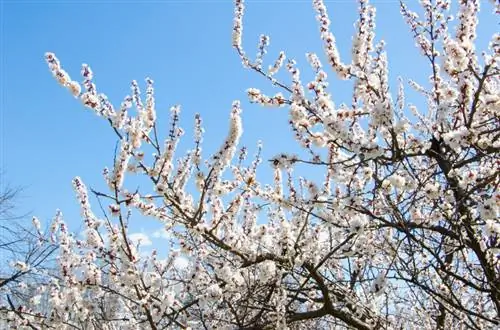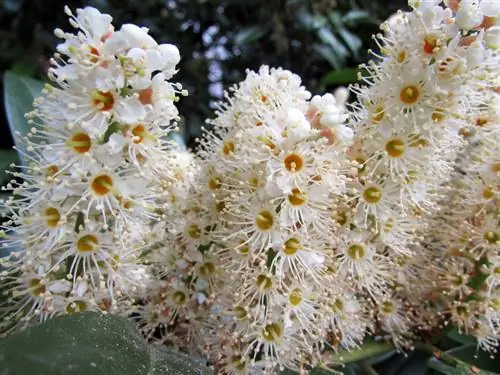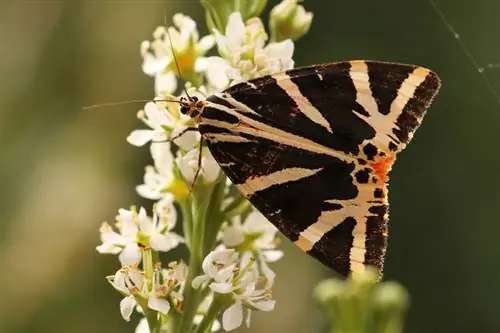- Author admin [email protected].
- Public 2023-12-16 16:46.
- Last modified 2025-01-23 11:22.
Your cherry laurel will soon need pruning, topiary pruning, maintenance pruning, rejuvenation pruning or radical pruning and you are now wondering how or where you should dispose of the laurel cherry clippings afterwards? In this article you will find out!

How should I dispose of cherry laurel pruning?
Cherry laurel clippings can best be disposed of in the organic waste bin. Alternatively, it can be finely chopped and mixed with soft materials and disposed of in the compost, although it will rot more slowly there due to the leathery leaves.
What is the best way to dispose of cherry laurel cuttings?
The best way to dispose of cherry laurel cuttings is in theorganic waste bin. This is particularly recommended if a large amount of leaf waste is collected during cutting.
Alternatively, there is also the option of adding the laurel cherry clippings to the compost. However, it is extremely important to chop thecut very small, otherwise the rotting process will take a very long time.
Can I dispose of cherry laurel cuttings in the compost?
If in doubt, it is better not to dispose of cherry laurel cuttings in the compost. This is mainly because the leaves of the laurel cherry are relatively thick and leathery, so they onlyslowly rot.
But: If you chop the clippings neatly and finely in advance - ideally in a powerful shredder (€94.00 on Amazon) - and then mix them with soft materials, you can compost cherry laurel with a clear conscience. A suitable compost starter may also help the leaves rot more quickly.
Tip
Cut and dispose of cherry laurel quickly and effectively
In order to only have to touch the cherry laurel once a year, you should either shorten it during a frost-free period between mid and late February or around St. John's Day on June 24th. Use hand hedge trimmers and be sure to wear gloves when cutting the poisonous plant. Shred the cuttings and compost them or dispose of them in the organic waste bin.






